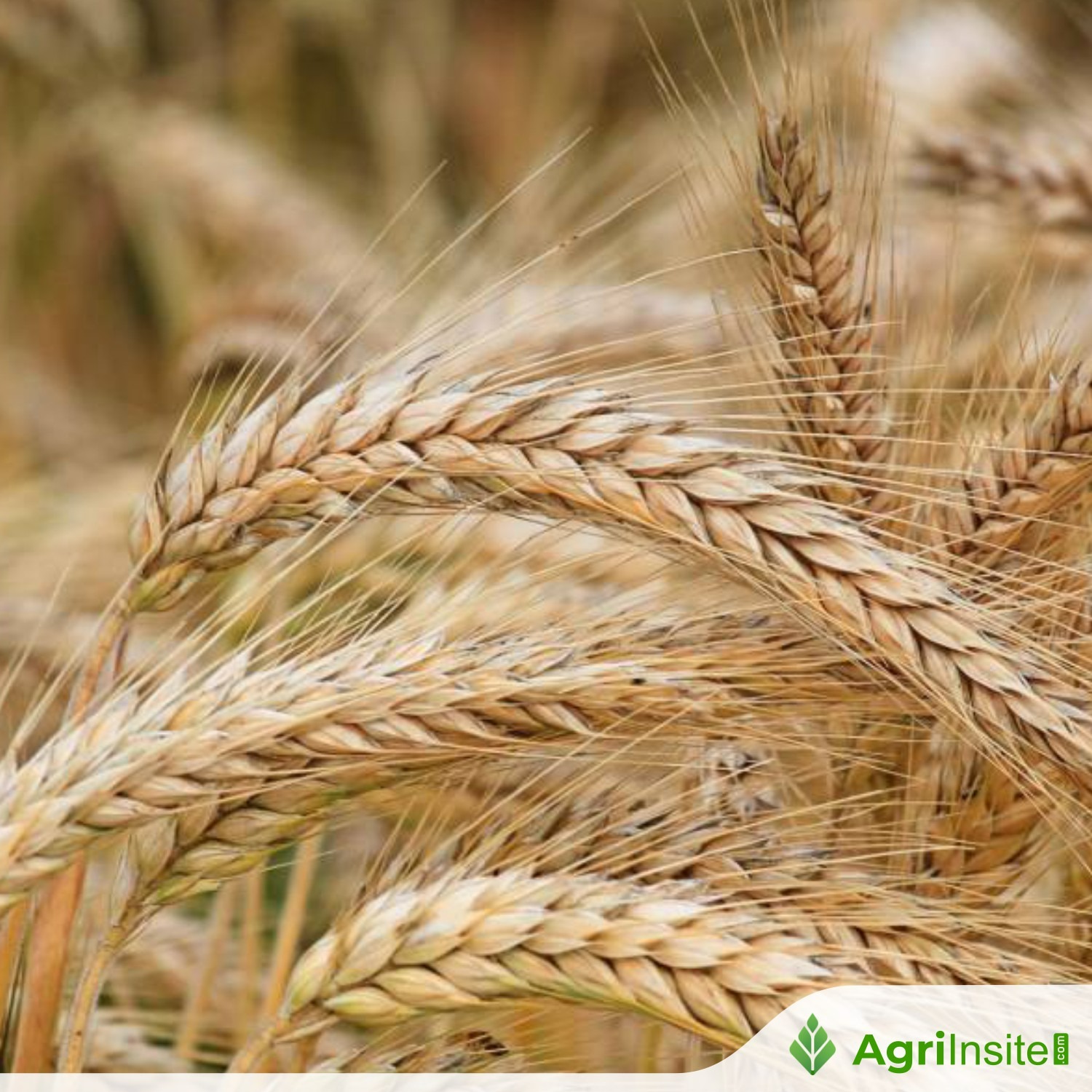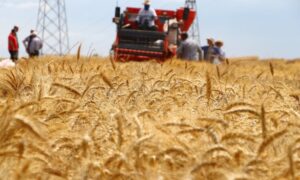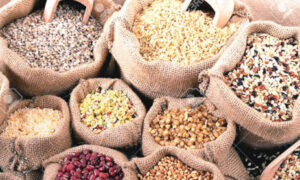AHDB: Mixed picture on progress of crops up to end of June

The UK’s latest AHDB crop report shows mixed progress. Despite slight improvements in winter crops due to late-May rain, overall conditions remain worse than last year. A dry spring, with only 56% of average rainfall, hurt root growth and yield potential—especially in spring cereals. Spring oats are most affected, with just 38% rated good or excellent.
The Agricultural and Horticultural Development Board (AHDB) has published its latest crop development report for the UK.
It covers the period up to the end of June and paints a mixed picture of crop progress.
While some winter crops have seen marginal improvements, following late-May rainfall, overall condition scores remain well below those recorded at the same point last year.
Prolonged spring dryness has particularly hindered crop root establishment in many spring-sown cereals, limiting recovery and placing downward pressure on yield potential.
A dry spring has been the main driver in shaping the 2025 cropping season across the UK. With just 56% of average rainfall this spring, crops were subjected to significant water stress.
While sporadic rainfall has offered relief for some, the difference between and within regions has led to patchy effects, according to the AHDB.
Some fields show signs of resilience, while others have experienced early senescence and visible yield losses.
Winter crops
According to AHDB, winter wheat has shown some improvement with 38% rated in good or excellent condition, up from 36% in May but well below last year’s 56%.
Late rainfall has led to delayed nitrogen uptake, though this may support protein levels at the expense of yield.
Pest and disease pressure remains low overall, with some regional variation in issues like yellow rust and septoria.
Across Great Britain condition ratings are variable, though conditions in Northern Ireland are good overall.
Winter barley fares slightly better, with 50% of crops in good to excellent condition, up from 48% last month, though this too falls short of the 69% seen last season.
Variable ripening and reduced head counts in early-drilled crops suggest a risk to yields.
In contrast, winter oats stand at 55% in good to excellent condition, and with significantly fewer poor-rated crops than last year.
Winter oilseed rape saw a rating increase from 52% last month to 55% in good or excellent condition in late-June and minimal issues with pests or disease
However, this rating is below 2023 (63%) and 2022 (67%) levels.
Spring crops
As might have been expected, spring crops have been more directly impacted by poor establishment due to early-season dryness.
Spring wheat sits at 51% in good or excellent condition up slightly from 50% in May, while spring barley has slipped to 52% from 54%; both are lower than previous years.
Spring oats are the worst affected, with just 38% of crops rated as good to excellent, down from 77% in 2024.
In many areas, spring cereals are thin, short, and underdeveloped, with severely limited growth in some regions like the West Midlands.
Although disease pressure is low, the uneven establishment and limited tillering have constrained yield potential across the board.
To Read more about Agri News continue reading Agriinsite.com
Source : Agriland















